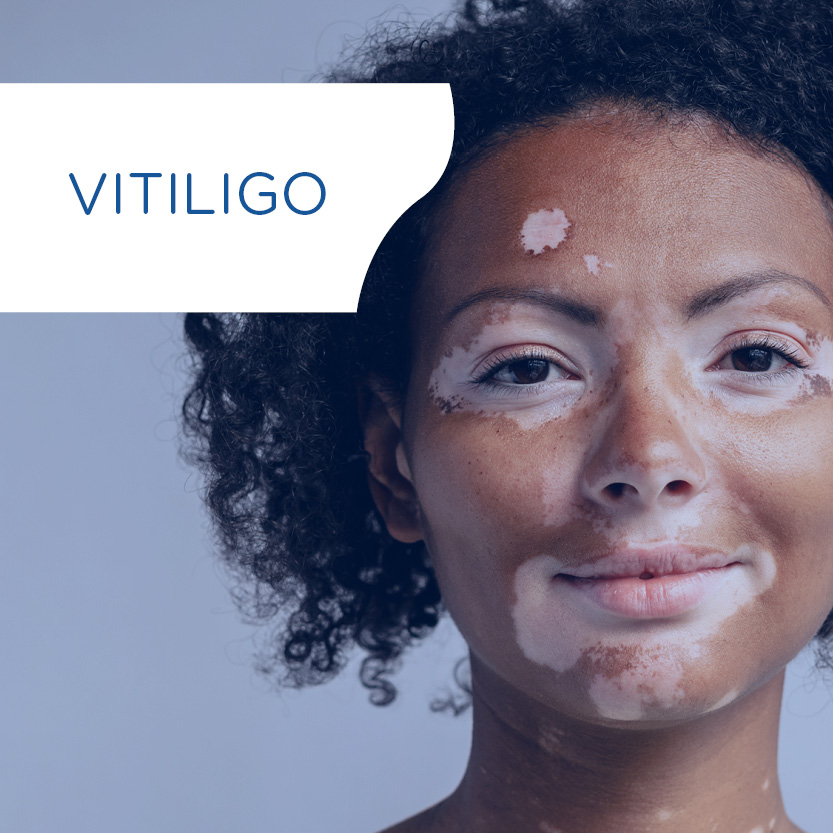TECHNICAL FOCUS:
3D ex vivo model of human skin mimicking intrinsic aging
Share this Technical Focus
Key takeaway:
Human skin exhibits an accelerated intrinsic aging phenotype when cultured ex vivo in a defined, serum-free medium.
To address the challenges in human skin aging research caused by a lack of clinically relevant models, our team has developed a 3D ex vivo model of human skin that mimics intrinsic aging (van Lessen, 2024).
The model can be obtained within just three days of culture in a defined, serum-free medium.
The aging phenotype was analyzed using aging-associated biomarkers at both the epidermal and dermal levels.
- In the epidermis, key changes included a reduction in the number of rete ridges, keratinocyte proliferation, and protein levels of sirtuin-1, MTCO1, and collagen 17A1. Conversely, the DNA damage marker γH2A.X showed an increase.
- In the dermis, levels of type I and III collagen were significantly reduced, while the mRNA levels of markers of (inflamm-)aging, such as MMP-1, -2, -3, -9, IL-6, IL-8, CXCL10, and CDKN1, were upregulated.
The model was validated for efficacy testing, using caffeine as a positive control. Caffeine, a well-known molecule with proven anti-aging properties, successfully reversed the aged phenotype.
Download our brochure on
Skin Longevity

Epidermal Renewal
Proliferating cells: Ki-67 staining (white)
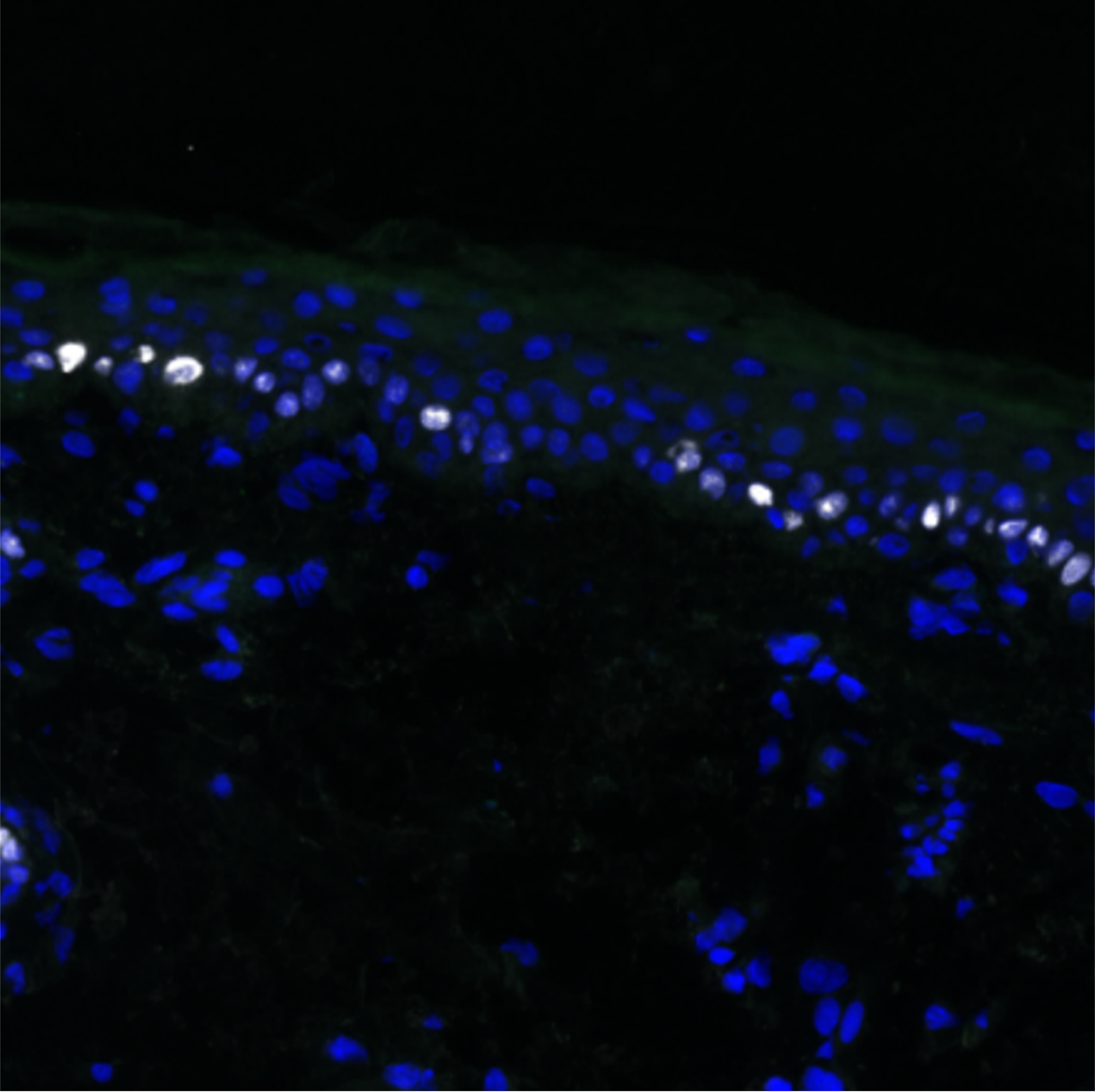
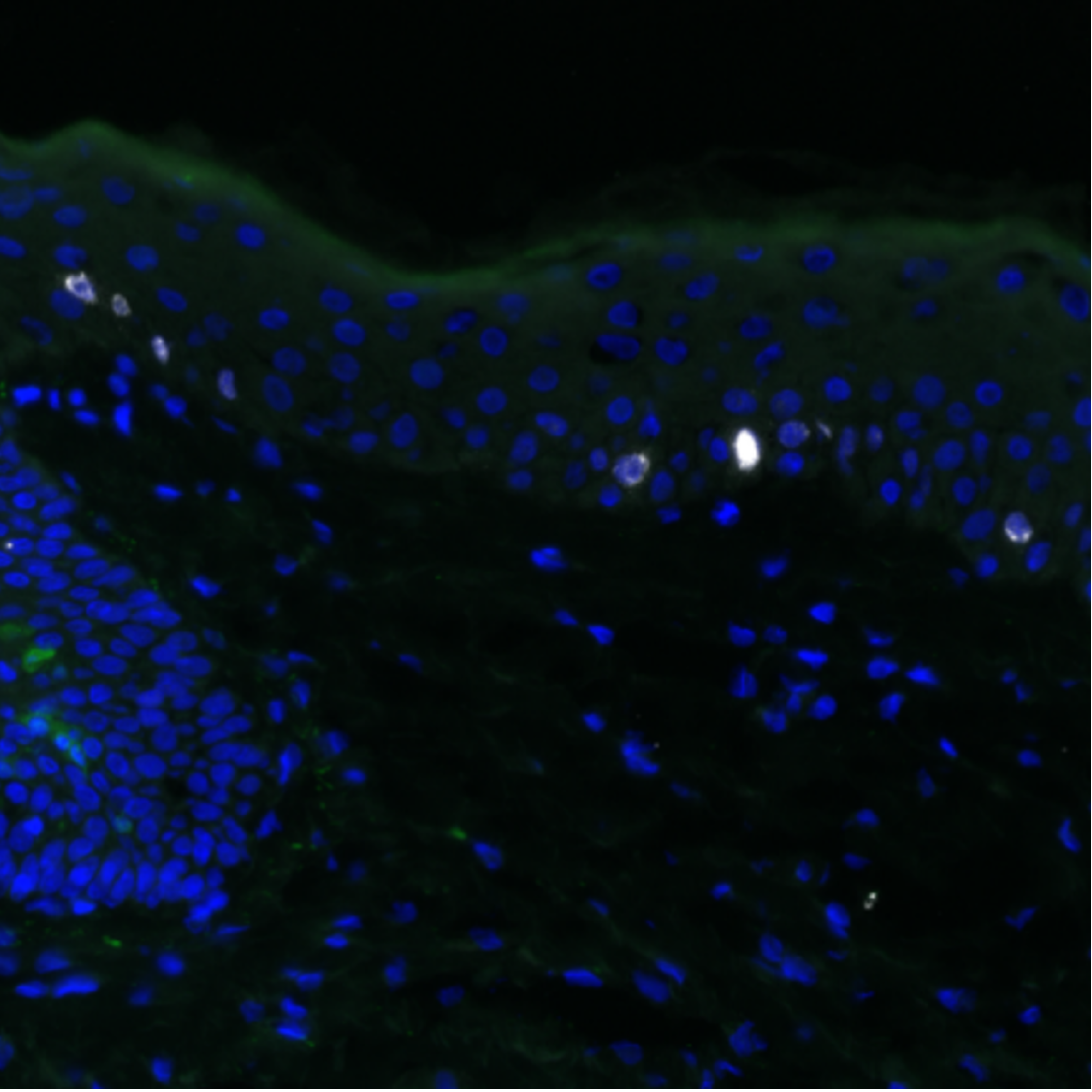
Structural Components of The Dermis
Type I collagen (green)
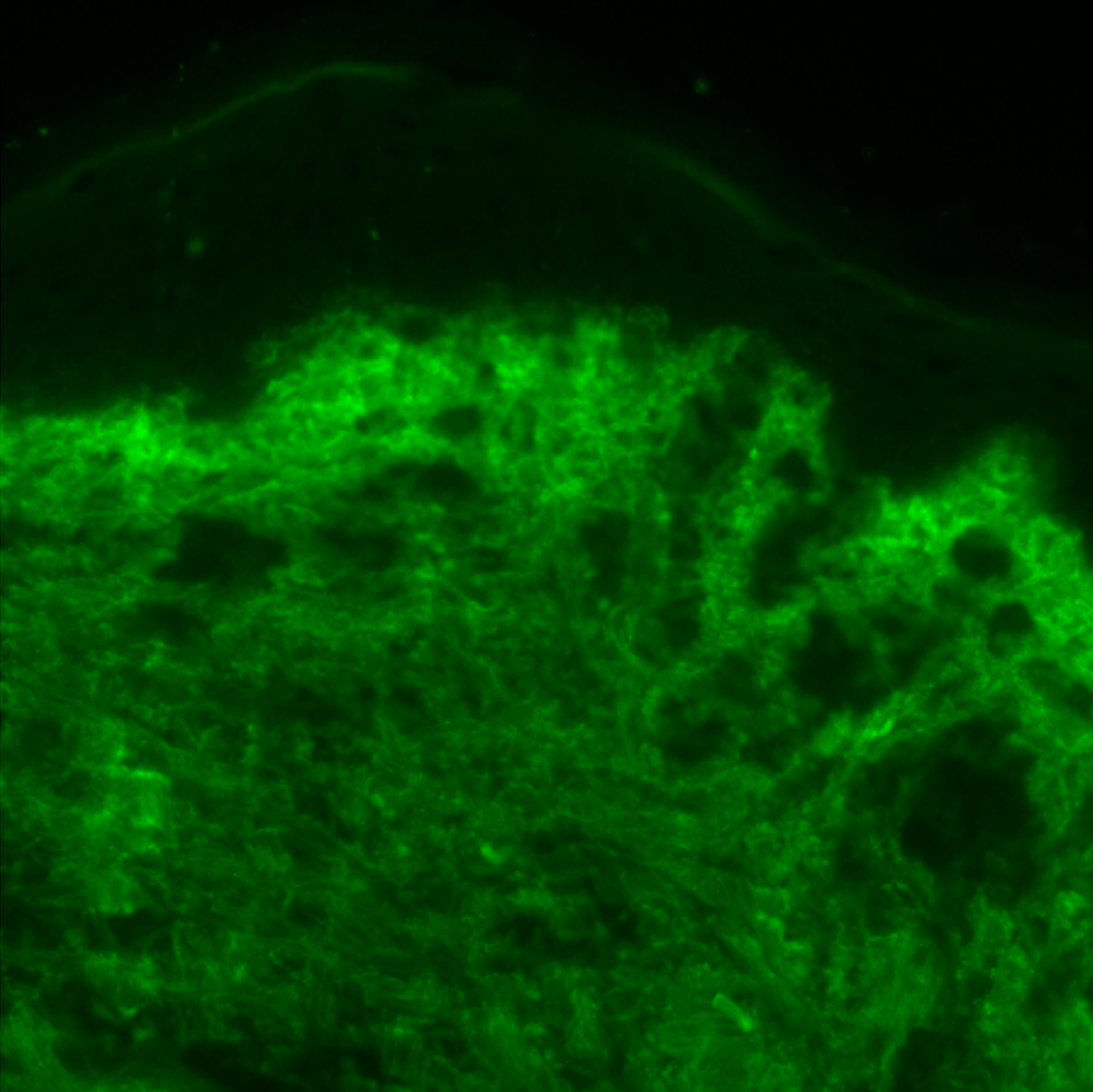

Structural Components of The Dermis
Type III collagen (green)
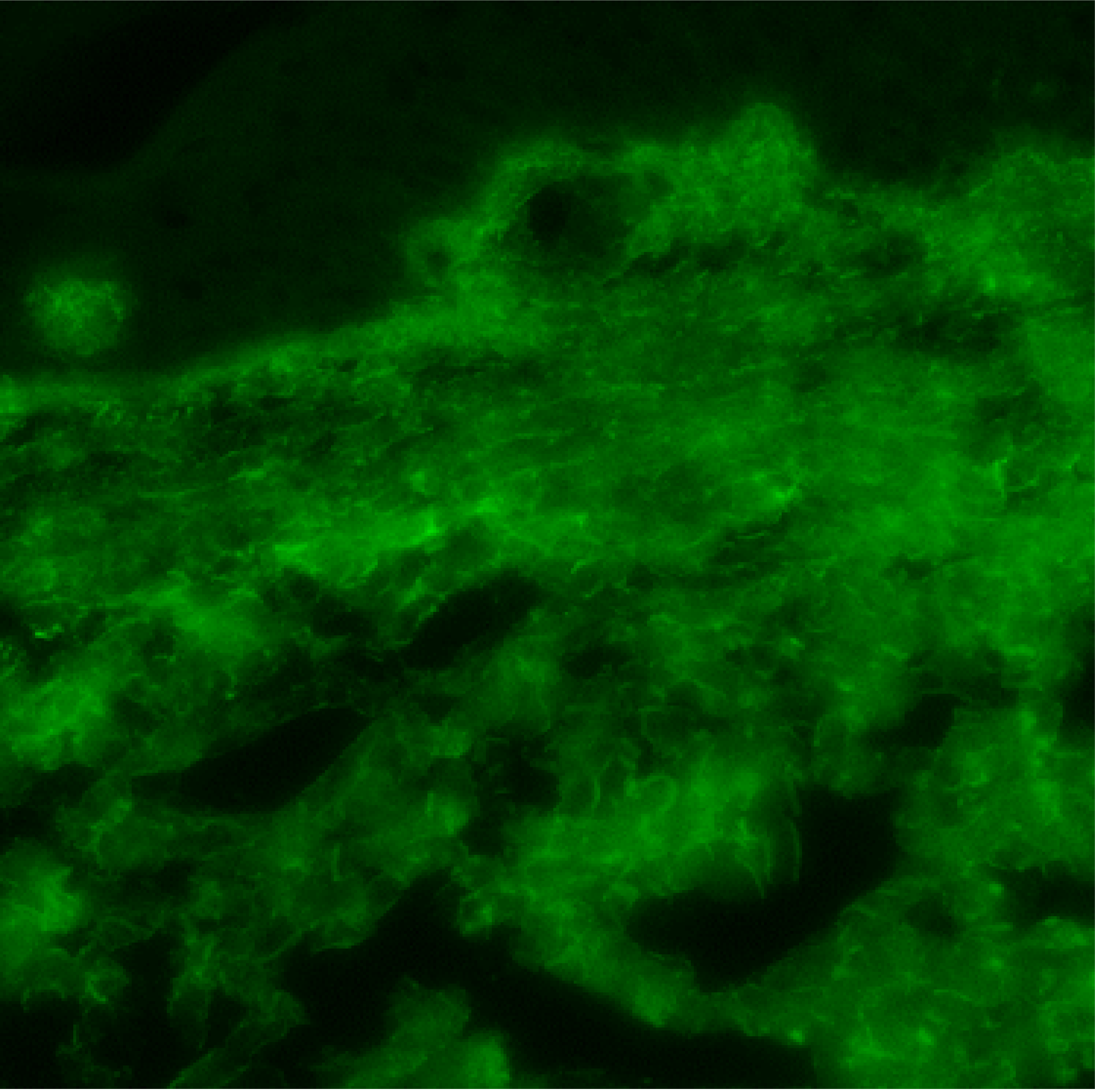
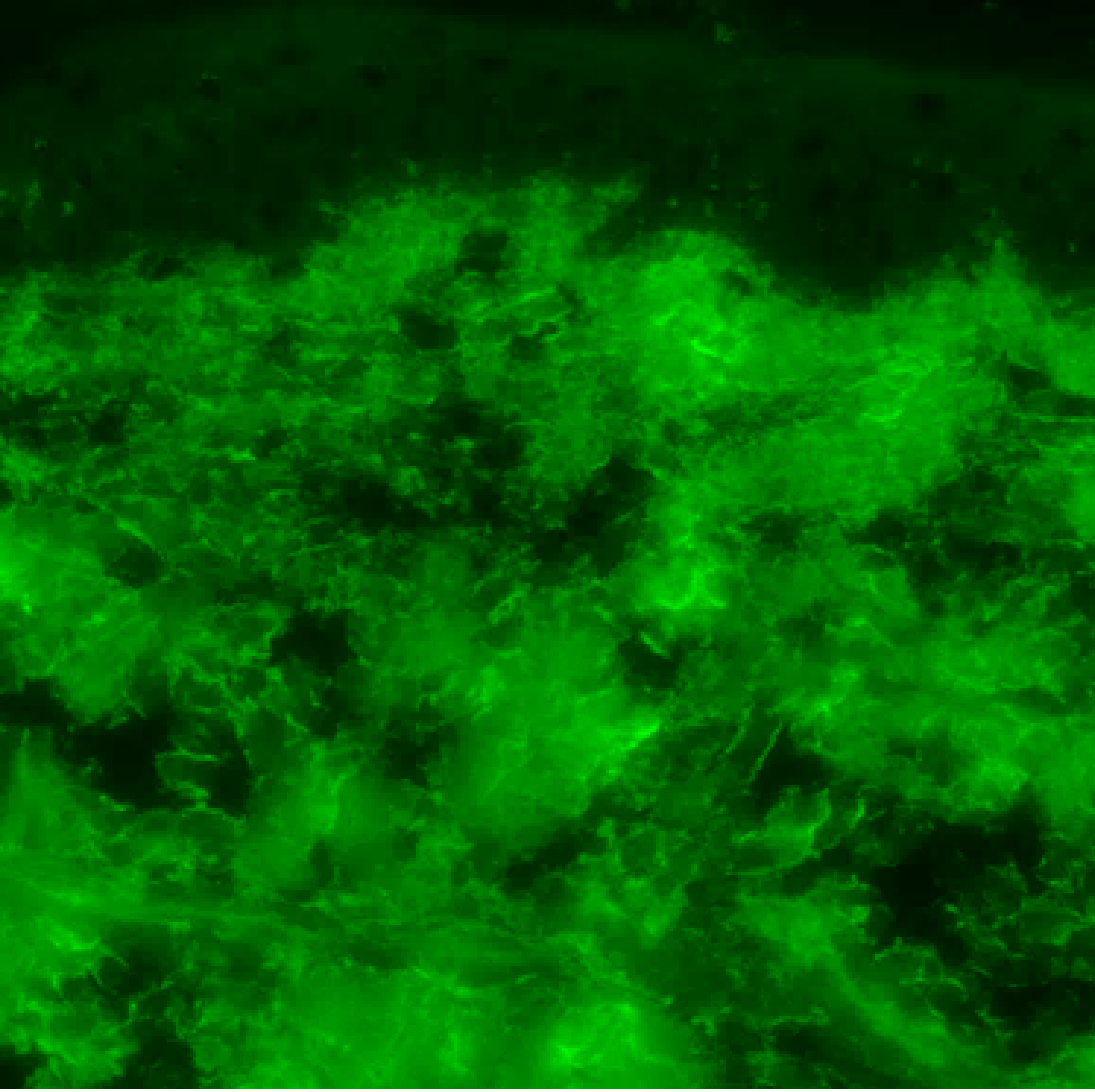
Written & Edited by:
Mara Carloni, PhD
Scientific Communications & Marketing Project Leader






